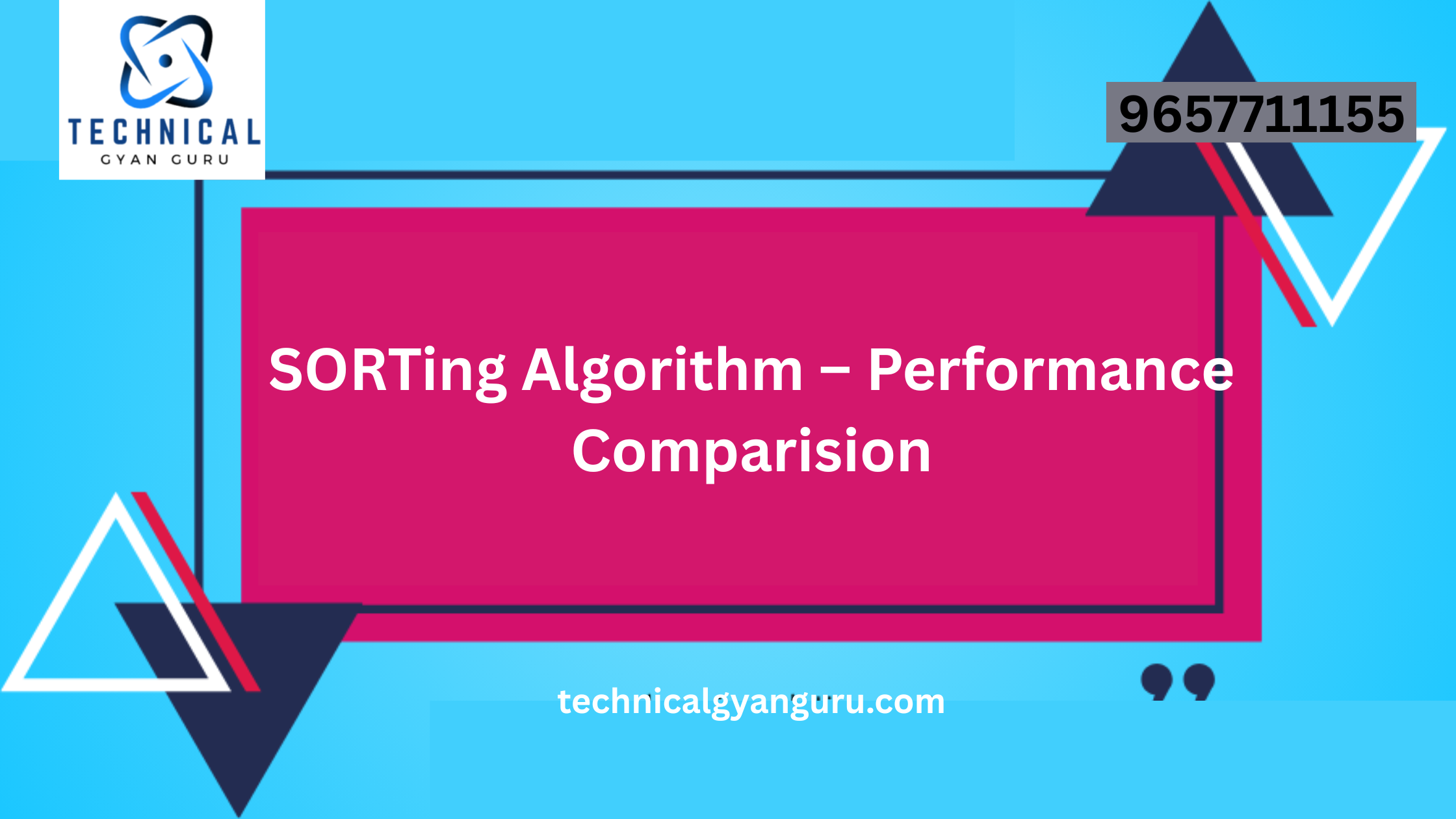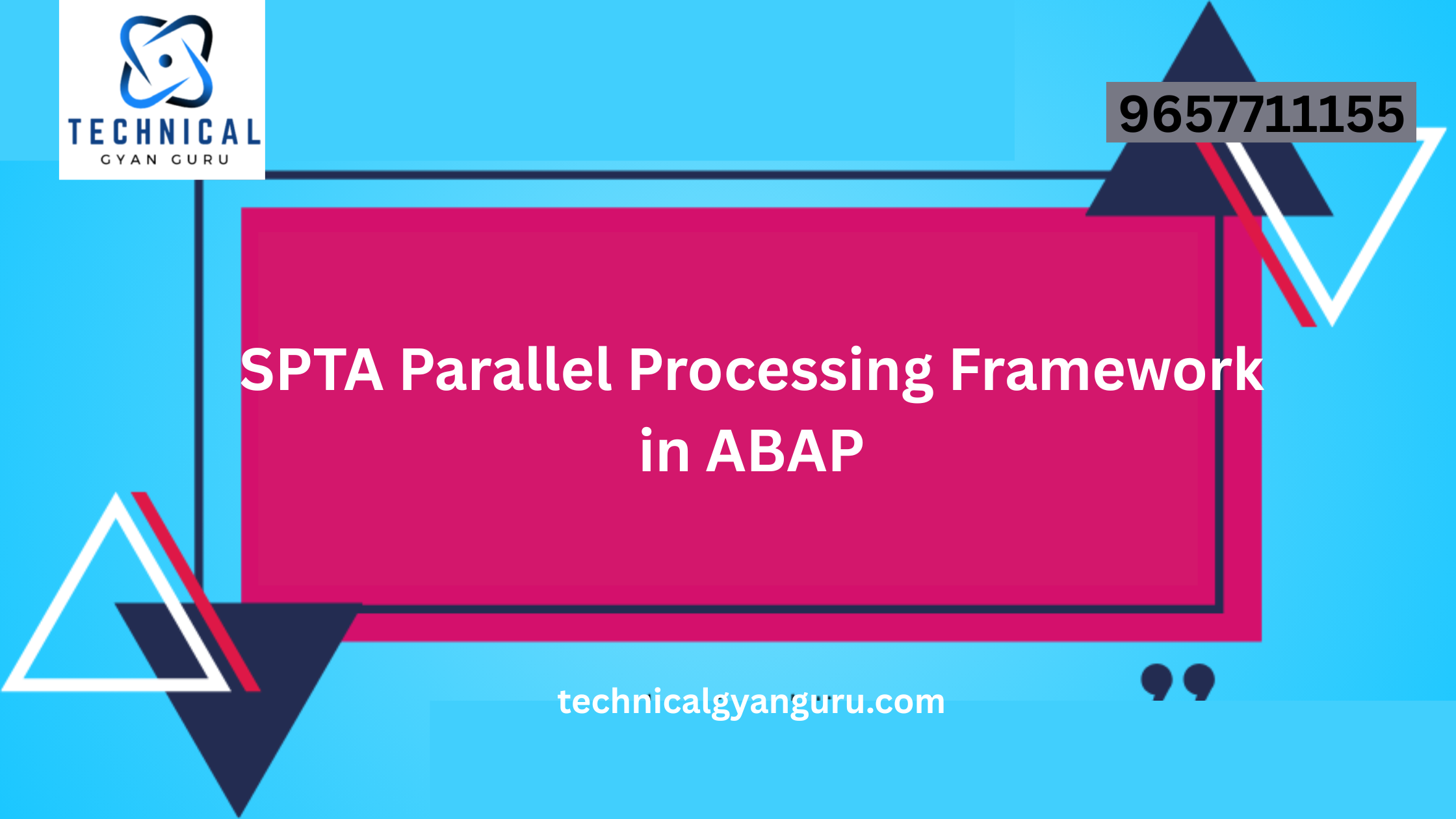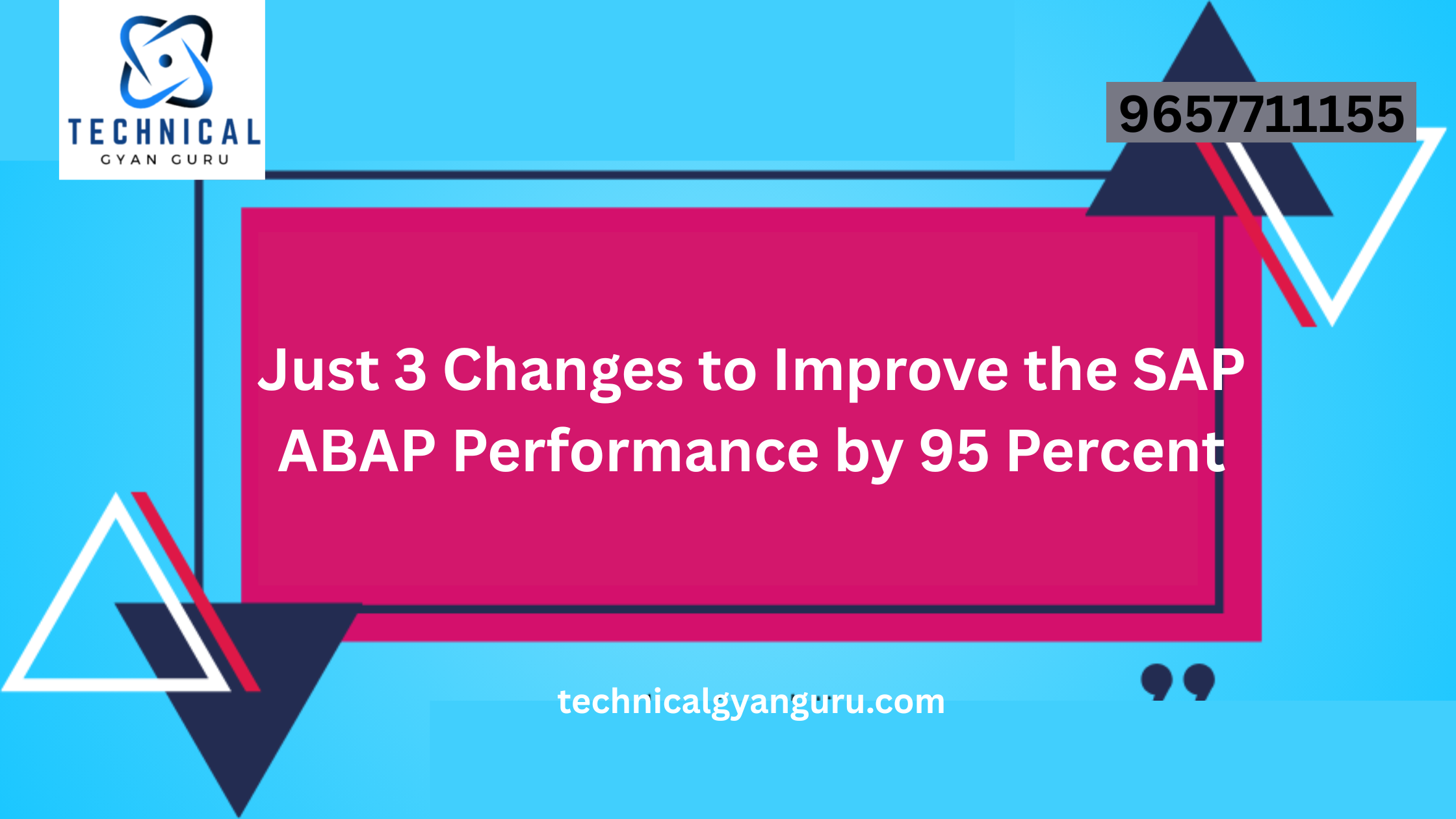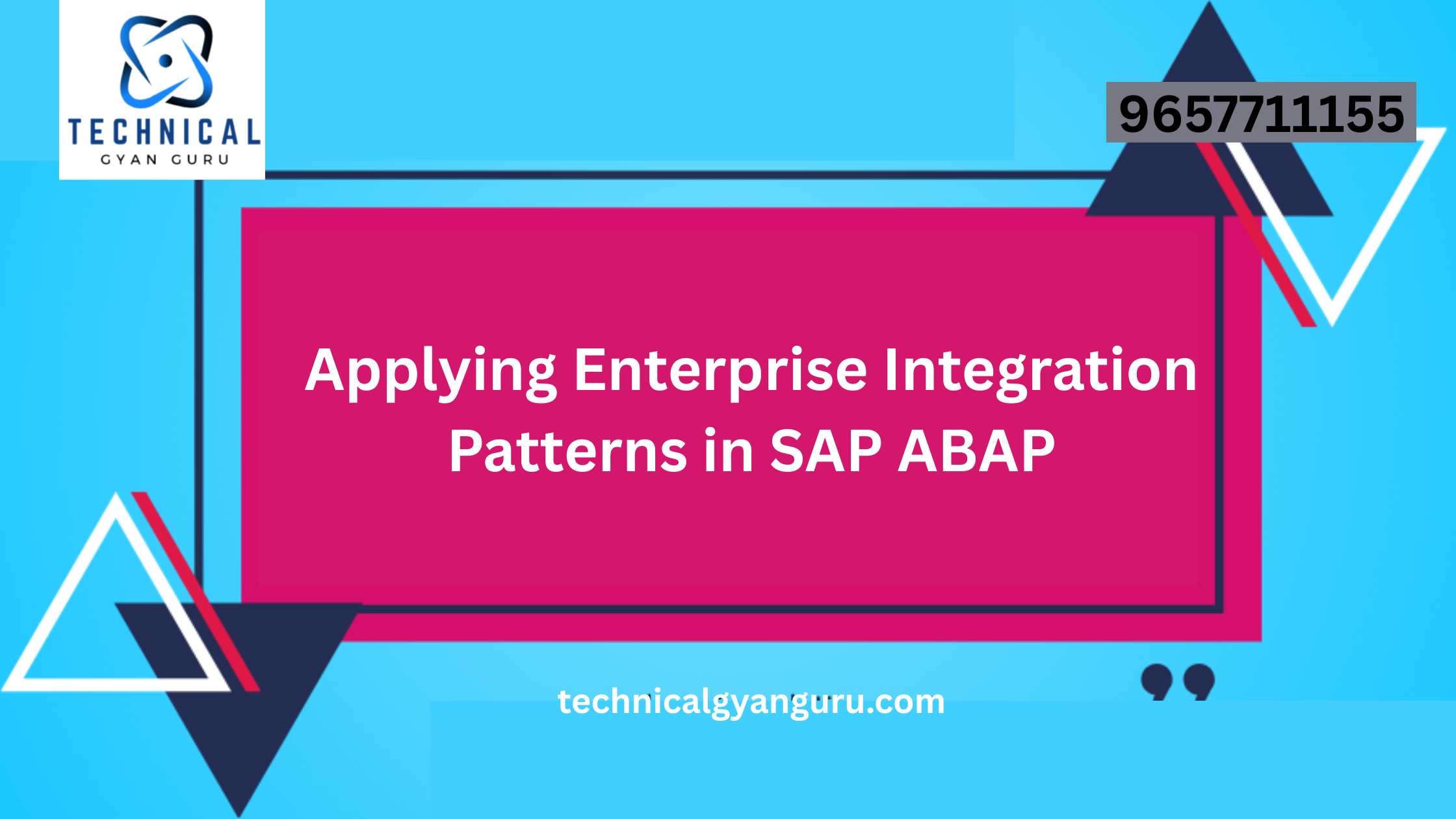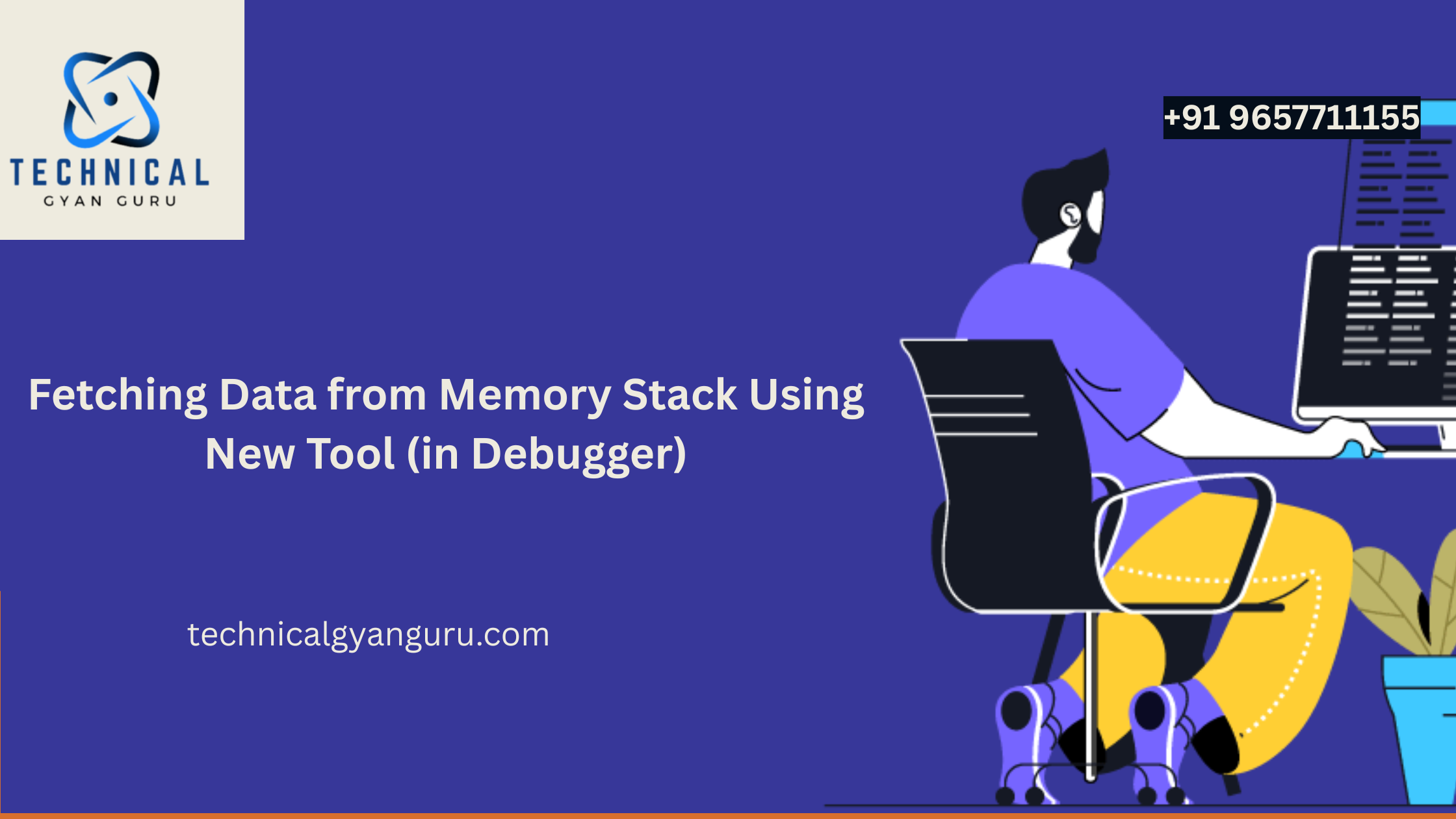
Fetching Data from Memory Stack Using New Tool (in Debugger) Commonly we get a necessity to add approvals for standard exchanges wherein the field esteem isn’t straightforwardly open in client exit or BADI. So assuming you are additionally battling with such prerequisite, your stand by is finished. Prapti is here to your salvage.
In this article, Fetching Data from Memory Stack Using New Tool (in Debugger) we will gain proficiency with a short and straightforward stunt to get to separate qualities standard exchange code.
Essentially, we would take advantage of the Memory Stack at Run-Time involving the New Apparatus in Debugger. Assuming in any meeting, somebody asks you, do you realize Memory Stack Programming? Subsequent to going through this article, your response ought to be a major certain certifiable.
Following are the steps that need to be followed:
Get the program name and field information from the screen (utilizing F1)
Add a breakpoint in the exit/BADI
Execute the exchange and actually look at the worth at runtime utilizing New Apparatus (Devices – > Exceptional Instrument – > Stacked Projects)
Add code in the exit/BADI for getting information from the screen field
Truth can be stranger than fiction. Allow me to take an extremely basic constant useful model. While making a buy request in SAP, there is an arrangement to add one-time seller subtleties. Our necessity is to include an Approval PINCODE length.
We were involving Actually look at strategy for BADI ME_PROCESS_PO_CUST for approval in PO. Yet, found that the location subtleties were not open in the BADI.
We followed the 4 stages referenced previously. We found the program name and field information.

Added the debugger and executed the exchange. In the debugger apparatus, go to New Device choice.

Alert: In the event that your debugger takes you to Standard Tab naturally, you wouldn’t view as the “New Apparatus”. Try not to overreact. Simply click Work area 1 or Work area 2 or Work area 3 and New Device would show up for your administration.

Go to Stacked Projects choice in Extraordinary Devices.

Select Worldwide Information tab where we will actually want to see every one of the worldwide factors of each program.

Allow us now to track down the program and field for Address information.

Definitely, we got the ADDR1_DATA values. So presently we arrived at the last step – the code :).
FIELD-SYMBOLS:<fs1> TYPE any. * Make the system know from which Program we need the data DATA:post_code(40) TYPE c VALUE '(SAPLSZA1)ADDR1_DATA-POST_CODE1'. * Assign the value to a field system ASSIGN (post_code) TO <fs1>. IF <fs1> IS ASSIGNED. * Do your validation IF strlen( <fs1> ) NE '6'. MESSAGE 'Postal Code should be of length 6.' TYPE 'E'. ENDIF. ENDIF.
Fundamentally, we just dove profound into the memory stack at the run-time and searched for all projects that were stacked in the framework for consummation of the specific exchange. Utilizing the New Instrument, we tracked down the Worldwide Information. When you have the Worldwide Information, you can simply get that information in your program utilizing Field Image.
Trust you like this stunt. This is a basic arrangement which we want to do in each venture. On the off chance that you are a novice on SAP ABAP, bookmark this article. You would require this for your most memorable Memory Stack Programming.
You can execute this equivalent stunt to get any worldwide information like table, structures, factors, objects and so forth.
Note: There is a restriction. On the off chance that the variable, workspace, table and so forth are NOT announced as Worldwide on the stacked projects, then, at that point, we Can’t recover its worth utilizing the above technique.
YOU MAY BE INTERESTED IN




